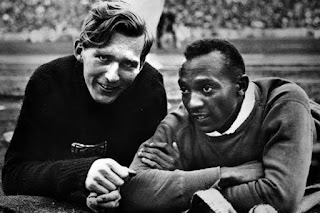Life of E C G Sudershan by Gopika S Nair
E.C.G Sudarshan had good edifiers while he was in Madras Christian College and his intellectual improvement provided inspiration for one's range of knowledge. Once he went abroad, he realised that Optics was an old fashion there. He described the experience at the Tata Institute of Fundamental Research.His contemporaries at TIFR were S S Jha, Raja Ramanna, Suryanarayan and K K Gupta. He had been assigned to the experimental work which involved identifying emulsion tracks of cosmic rays with great accuracy. During his first year at TIFR, Paul Dirac, the world-famous English Physicist guided them a course in quantum mechanics for six months. Later Sudarshan completed his PhD, he was given to associate at the Institute of Advanced Study. He was hired determinately. He was offered job by Schwinger.In the meantime, Bhabha withal offered him a job. Sudarshan joined Rochester. ECG Sudarshan verbally expressed that they could have nominated him for this prize for my PhD Thesis 1957. But h


